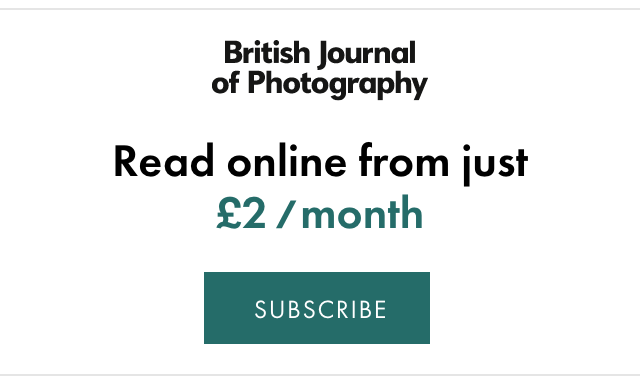All images © Hannah Starkey. Courtesy Maureen Paley, London
On show as part of the 25th anniversary of the Good Friday Agreement, the Belfast artist’s 21 portraits gesture towards a stoic, complex understanding of womanhood
I found it hard to describe to myself how I felt walking around Hannah Starkey’s Principled and Revolutionary: Northern Ireland’s Peace Women, her latest exhibition at the Ulster Museum. While looking at each of her 21 portraits of women who worked to build peace in the North of Ireland, I wrote sentences in my notebook about her use of colour and the vibrant, dreamy sense it created; the way she makes each face look statuesque and striking; and how strange it is, still, to walk around a room full of framed faces of women over 40. Let alone women in their 70s and 80s, as many of those in her photos are. But, while I had found the experience of walking around the show and attending a talk given by Starkey very emotive – and I was surprised at how much so – I discovered I hadn’t made any notes to this effect.
I didn’t realise this until I came back to those notes a few days later, though, after I had met Starkey following a talk in the gallery. There are certain people in life who you meet, and you feel you have endless material to discuss with them. I found Starkey to be like this, and so I got lost in our conversation about how the show came into being, and both of us growing up in Belfast, and the expectations placed on young women in the Instagram age (something she thinks a lot about because she has two daughters), to the extent that I didn’t think so much about the emotional force of her show until a little while after.
In our conversation we kept coming back to the huge admiration Starkey feels for the women who agreed to be photographed, and the memory of her late mother. “I probably started working on this for very selfish reasons, just to hang out with these women,” she says. “I didn’t have any funding at first so I was doing it quite slowly and self-funding trips back.” The exhibition now forms part of a program to celebrate the 25-year anniversary of the Good Friday Agreement, but she didn’t have this outcome in mind when she started.
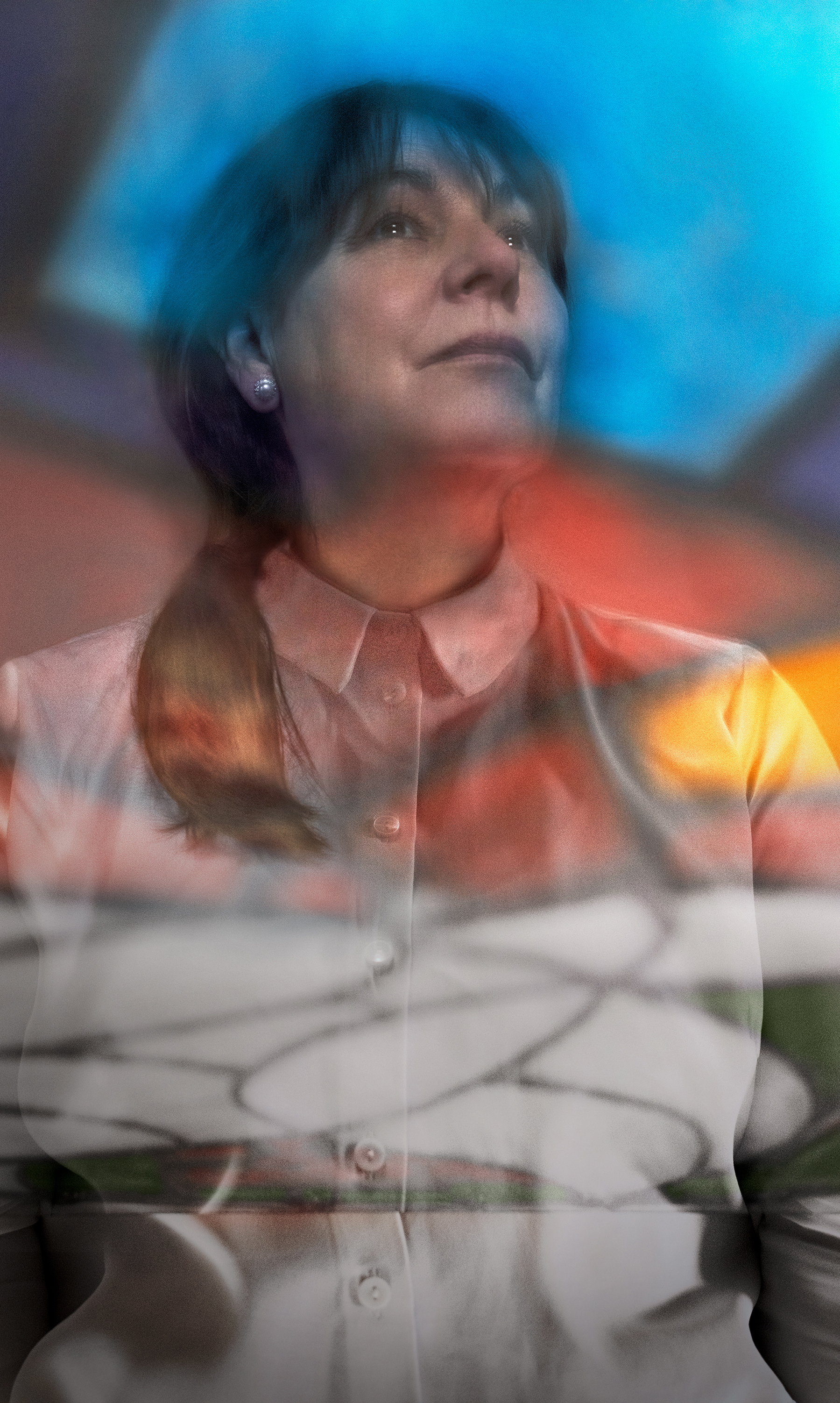
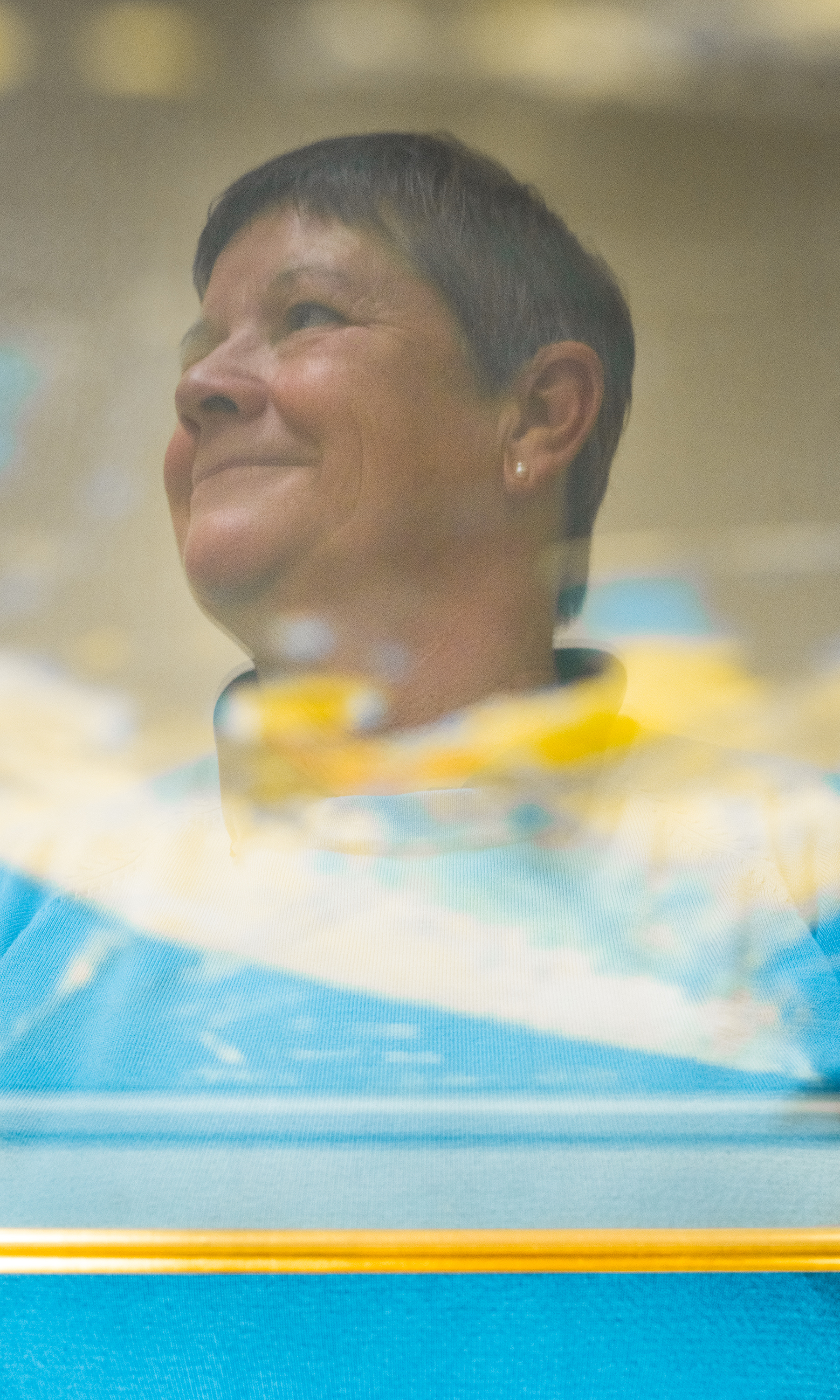
Over her 25-year career, Starkey has built a formidable reputation by photographing women with empathy, complexity and nuance. Her photos are often staged, but many of them recreate the sense of their subject captured in a private moment in some kind of public space: looking in a mirror, or gazing into the distance in a restaurant or diner, or on the bus. Some critics have read sadness and loneliness on the faces of the women in her photographs. To me they seem lost in a vast expanse of thought. The intriguing thing about her images is that they not only suggest, but foreground, the great, unknowable depth of the female subject’s character and personality.
Starkey grew up in North Belfast during The Troubles before moving to Edinburgh and then London to study. She was raised by a single mother who worked selling homemade cushions at the markets, and she credits her mother’s particular model of femininity (a justice-oriented kind of resilience which is very different to the female ideal that tends to be promoted in the Instagram era) as a major inspiration for her work in general. But particularly for this project. “What she instilled in me, about what it meant to be female in the world, has been eroded,” she says.
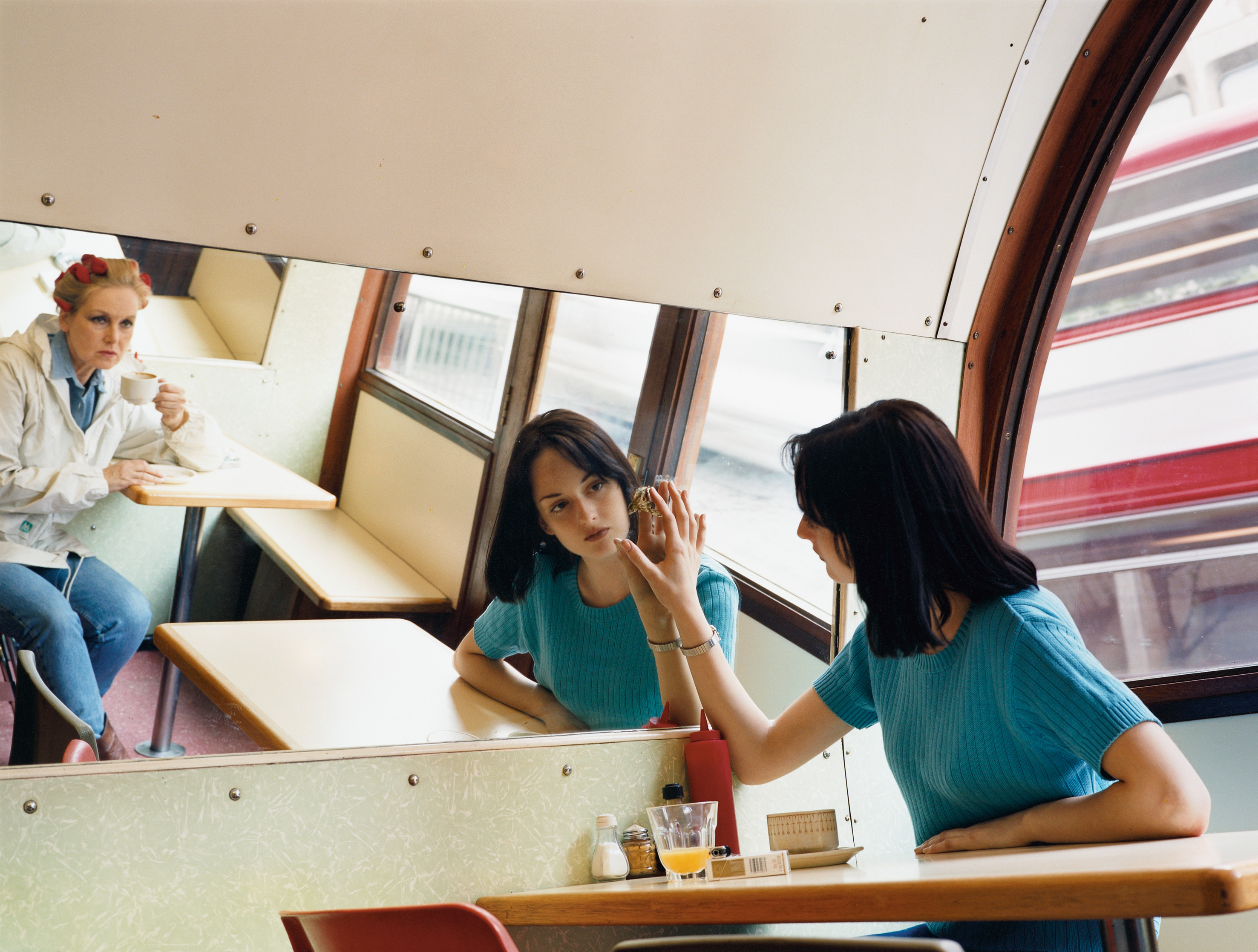
The erosion she sees is in terms of a culture which tends to instruct young women about how to present themselves, how to act. “I always thought of women as being very strong and individual,” Starkey tells me. Raising two daughters has made her aware of the pervasive influence of Instagram and social media, in terms of beauty standards, but also more benign seeming social trends. She refers to the constant iterations of ‘X girl summer’ type hashtags. “It’s like: Will you stop telling women how they have to be, or a guide on how to be female. That’s not the foremost thing in their lives, their gender.”
Even though her mother died 22 years ago, Starkey considers her influence “very strong”. She says: I just needed that common sense. And that sense of seeing beyond just appearances. I needed to connect back with that grounding.”
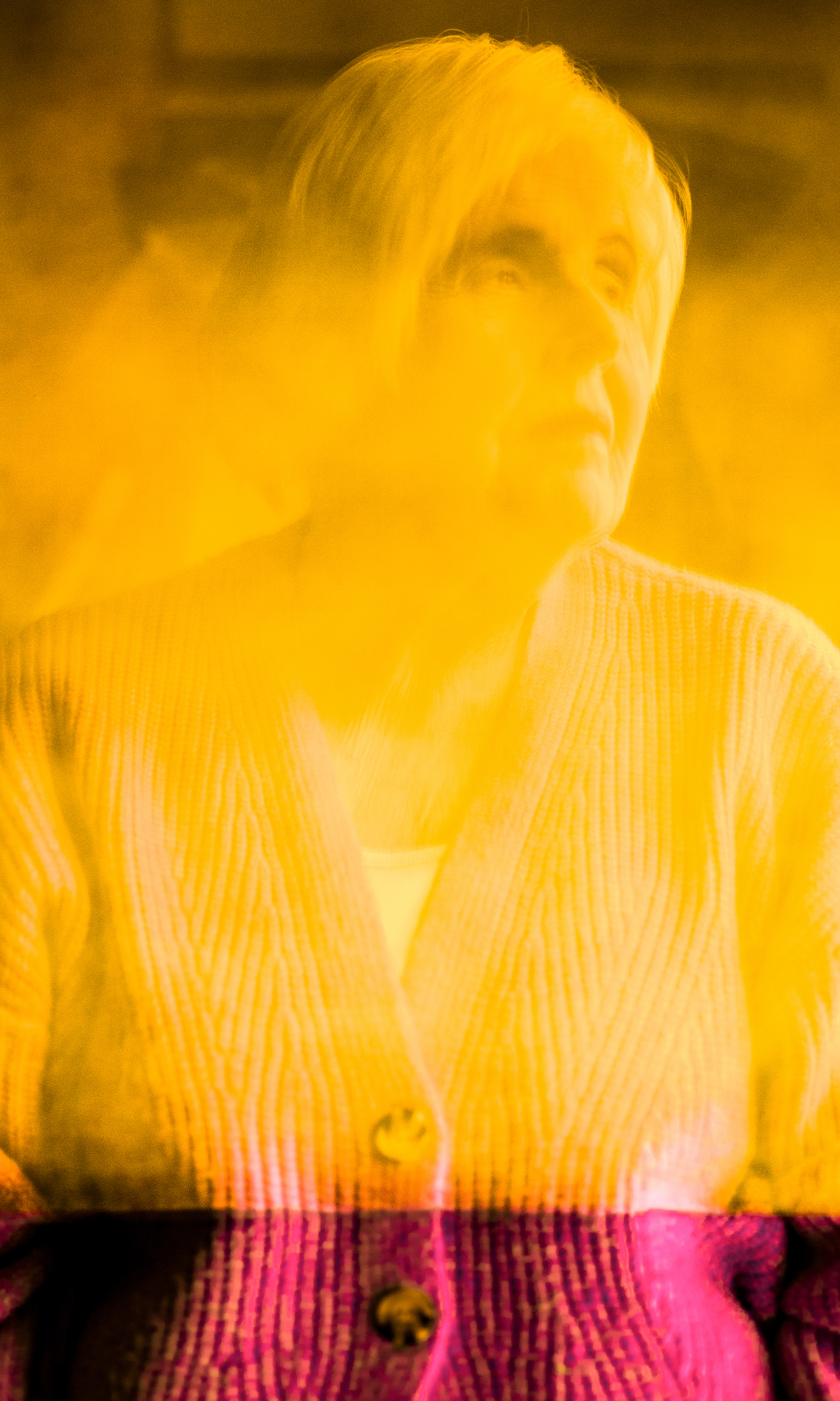
And so she set about making connections with the women she would photograph for this project. There is no sense of hierarchy to the women chosen; the purpose was not to spotlight them as individuals, but rather to convey a sense of what they represent. The group is a mixture of protestants and catholics, but when you read through their bios – which, interestingly, are not reprinted on the gallery walls, as if to highlight the sense of communal rather than individual achievement – you see most worked with both communities. The women aren’t presented (and do not present themselves) as the ‘best’ at peacebuilding, or cross community work or anything like that. There was no special process for deciding exactly who to include.
Equal employment rules in the North seek to address historic and residual sectarian discrimination – mainly against Catholics – by tracking religious affiliation. A different version of this exhibition may have done likewise. But, while well-intentioned, a rule like this can have a box ticking feel. Starkey’s way of finding women was truer to the messy reality of community work. Often she found that when she had formed a relationship with one woman, that person would recommend other friends and colleagues. “They were so generous with the other women they would recommend,” she says.
Each photo in the exhibition gives the effect of looking up at a face, which is slightly blurred and softened with a bright wash of colour. My favourite is of Maeve Mulholland. Her bio is typical of the group, explaining that Mulholland helped establish a bereavement counselling service for victims of violence in Lisburn; engaged in peace dialogue between the government and the paramilitary group the Ulster Defence Association (UDA); and was one of the founding governors of Lagan College, an integrated school which opened in 1981 (schools in the North are broadly still segregated). In the photo she looks into the distance, bathed in smokey golden yellow light. Her expression is serious but with slightly mischievous eyes.
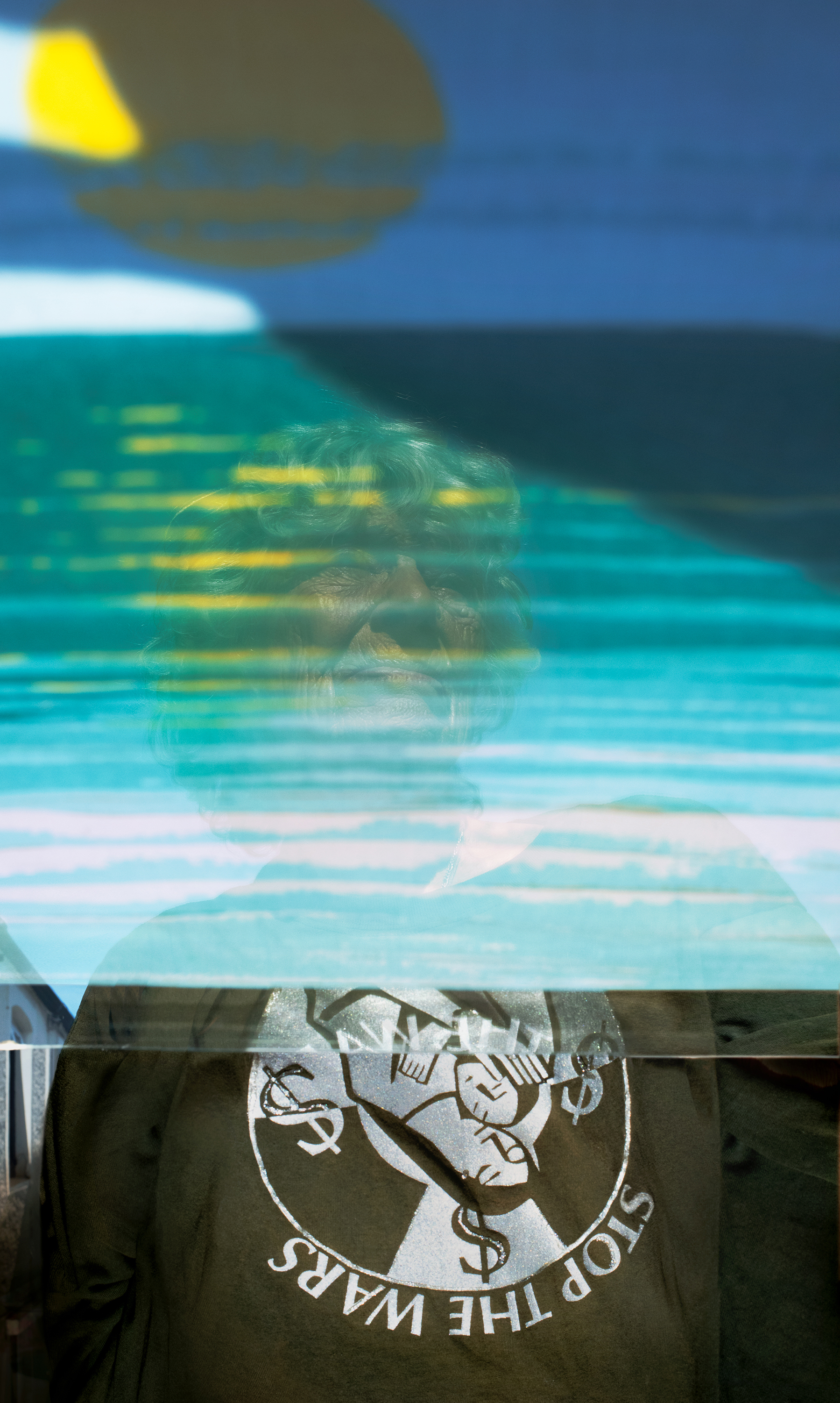
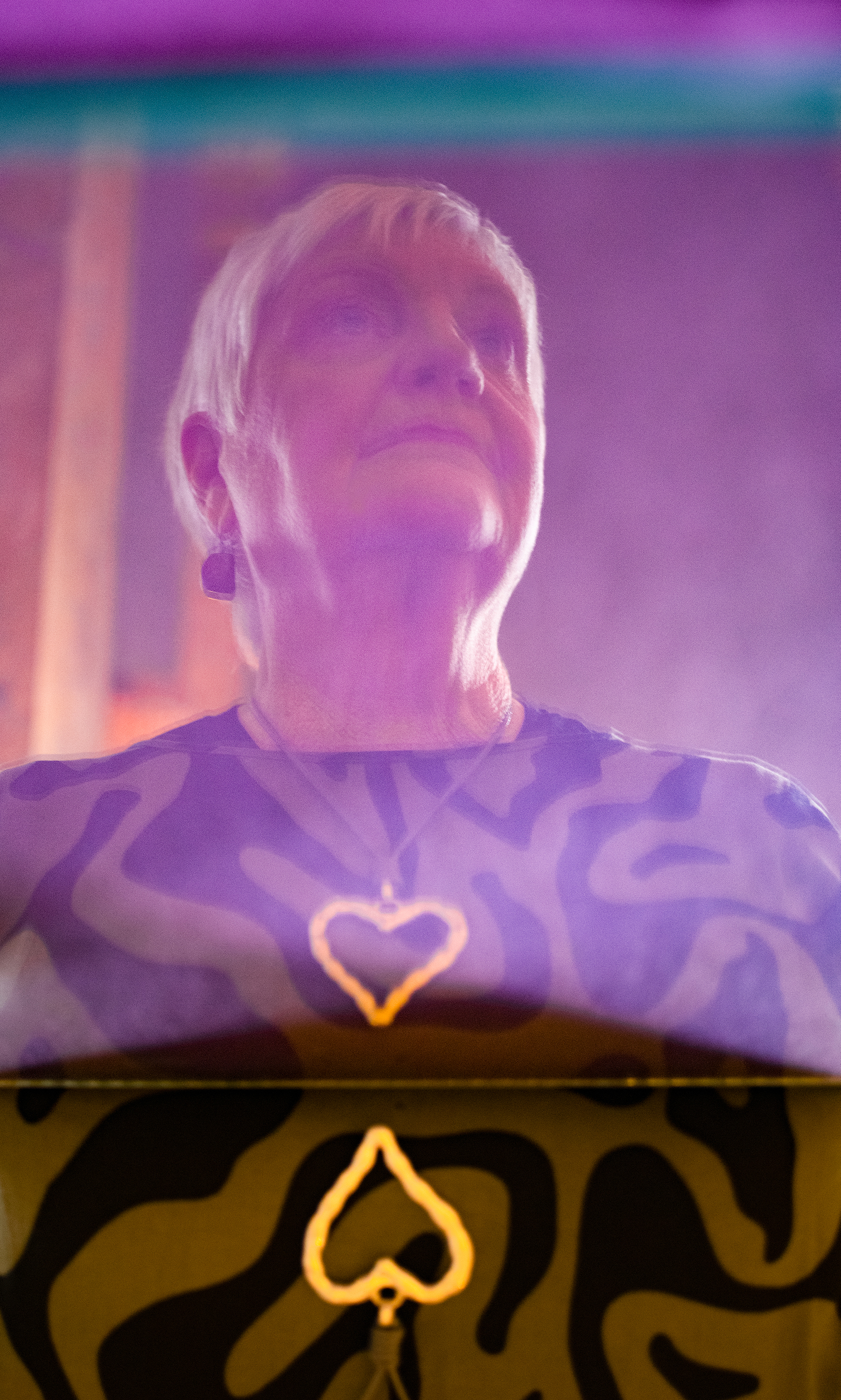
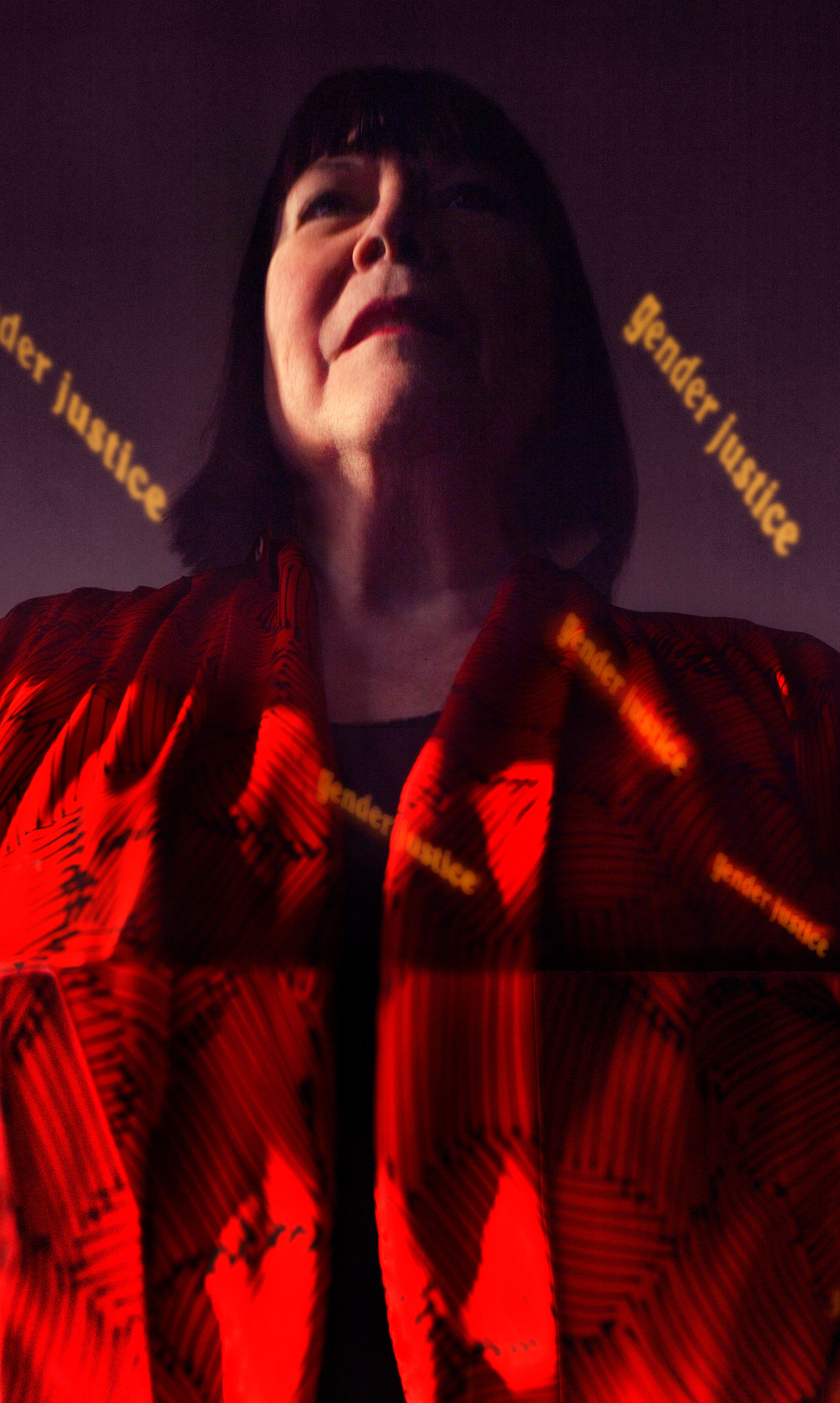
Starkey says this particular photo spoke to the generosity of the women involved in Principled and Revolutionary. She tried to give each woman the choice over which portrait was included, as far as possible. In this case Mulholland preferred a black-and-white option but agreed to the yellow one anyway because the bright gold created a better synergy with the group as a whole. I met Mulholland at Starkey’s talk at the Ulster Museum and she explained to me that she preferred the other one because this made her look serious, when in reality she is always laughing (having met her I can confirm this is true, she laughed even while explaining this). I think the eyes give her real energy away anyway, though.
The sense that the viewer is looking up at each of the faces in these photos is the result of Starkey’s method. Each photo is really of the woman’s reflection, captured in a plane of glass positioned below her shoulders. Scarfs were used to bathe the reflections in colour. Starkey told me she took inspiration from the dramatic abstraction of Mark Rothko’s paintings. And so, the reflection in glass recreates the bold, horizontal line which runs through many of his canvases. But taking these photos by training her camera on the sheet of glass rather than directly on each woman also meant that she wouldn’t be “pointing a camera in anyone’s face”, as she puts it. She didn’t want anyone to find their photo “traumatic”; she wanted the shooting process to be “the easiest thing any of these women had ever done”. The resulting photos are soft and empathetic; they adhere to reality but feel flattering rather than crudely candid.
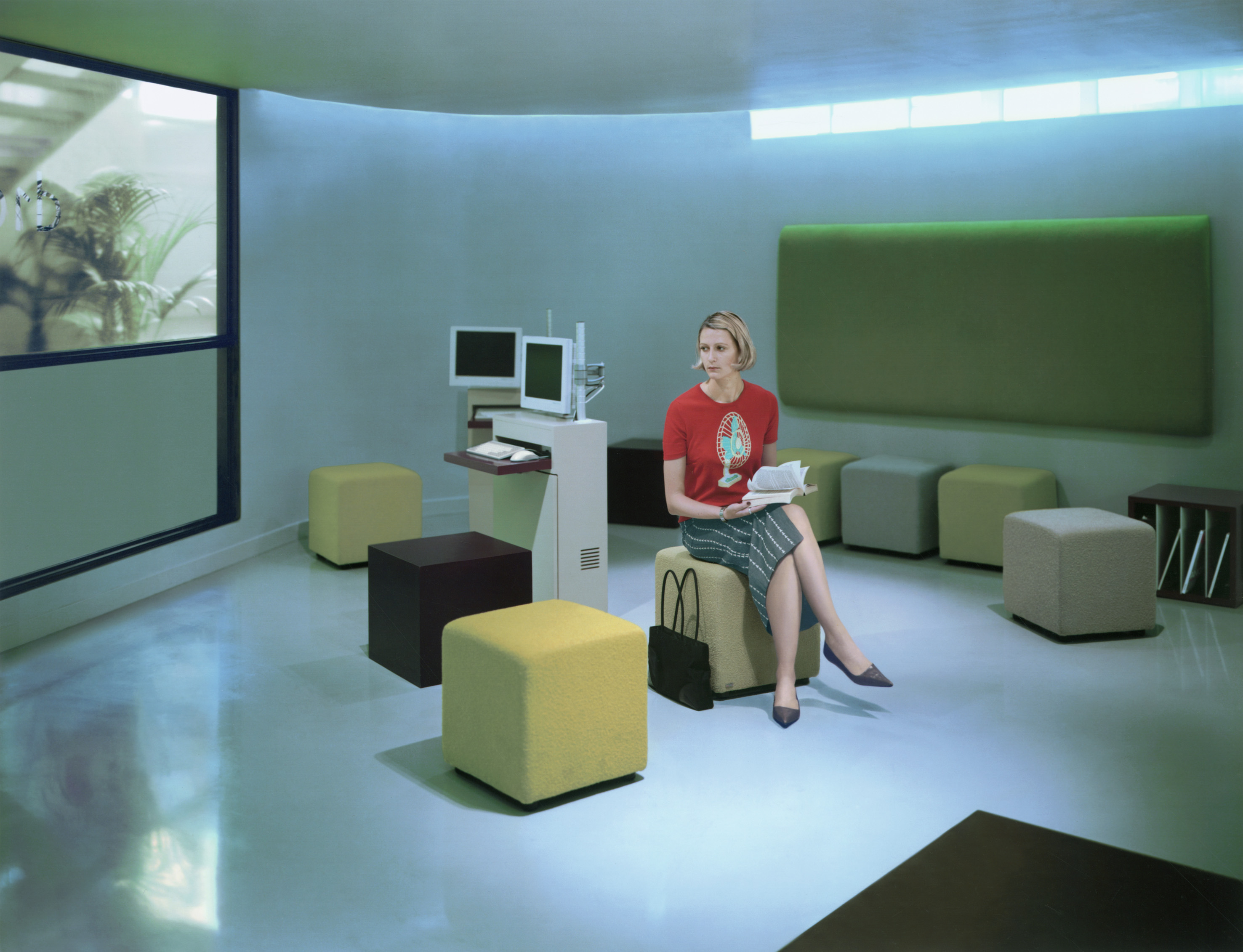
There is something very striking about seeing all of them together. But the problem I had while walking around is one I also have in hindsight: the overall effect of this exhibition is hard to describe. I had a better sense of why this is afterwards than on the day, though. I could say the exhibition feels powerful or empowering. But this is the language which brands use to sell women beauty products, using the framing that buying these is a feminist statement. I could say it felt refreshing or real. But these are terms used to laud and encourage salacious stories of female pain and suffering. I could say it was beautiful. But that word, as it applies to women, is loaded with negative connotations to an ever changing, surgically-enhanced standard which functions as a kind of punishment. A standard enhanced by design so that no woman can meet it, in our society where contraceptive technology has barely changed in decades while plastic surgery innovates constantly. Besides, Starkey’s entire practice has worked to interrogate the way in which beauty, and beauty as it is often represented in photography, is used to control women. The word doesn’t seem right.
So much ostensibly positive language has been used in this way, to condescend to and undermine women, and so becomes infected. To the point that I can’t use it here with a straight face. It is so normal for anything which purports to celebrate women to instead patronise us, or impose restrictions on what we are supposed to look or act like, that work like Starkey’s, which genuinely treats women with total dignity and respect, has a disorienting effect. I suppose the best way to describe the feeling this exhibition evokes is to say it is profound.
Hannah Starkey, Principled & Revolutionary: Northern Ireland’s Peace Women, commissioned by Belfast Photo Festival, is at Ulster Museum, Belfast, until 10 September
The post Negotiating women: The quiet strength of Hannah Starkey’s peacemaking portraits appeared first on 1854 Photography.


